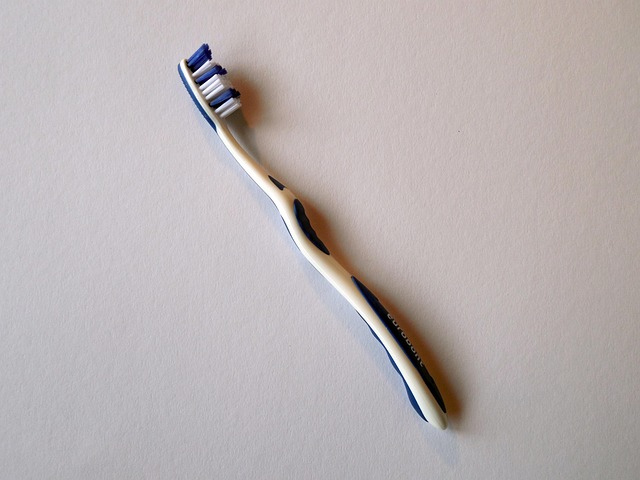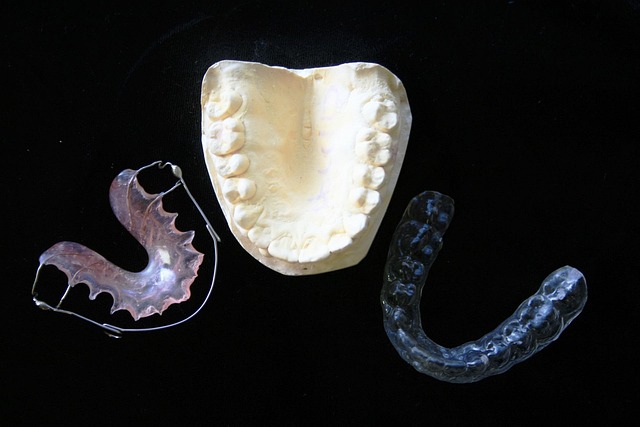Dental malpractice insurance protects dentists from financial losses due to patient care mishaps, covering legal fees and settlement costs. Policies vary in scope, exclusions include routine care and pre-existing conditions. Key factors for selection are coverage alignment with practice needs, insurer reputation, and understanding limitations. Comprehensive plans offer claims management services for defense against lawsuits and malpractice allegations. DDS practices face unique challenges, influenced by service scope, location, and required coverage levels.
In the dynamic field of dentistry, ensuring comprehensive protection against potential risks is paramount. Dental professionals increasingly turn to DDS-focused liability insurance as a vital tool. This article delves into the intricacies of dental malpractice insurance, guiding practitioners through essential aspects. We explore coverage types, policy selection factors, common exclusions, pricing dynamics, and claims management services. By understanding these elements, dentists can make informed decisions, securing their practices and patients against unforeseen legal challenges related to dental malpractice.
- Understanding Dental Malpractice Insurance Coverage
- Types of DDS-Specific Liability Protection
- Key Factors in Choosing Dental Malpractice Policy
- Common Exclusions and Limitations to Consider
- Pricing and Cost Analysis for DDS Practices
- Claims Management and Defense Services Included
Understanding Dental Malpractice Insurance Coverage

Dental malpractice insurance is a crucial safety net for dentists, safeguarding them against potential financial risks associated with patient care. This specialized coverage compensates professionals for claims of negligence, such as errors in treatment or diagnosis. It typically includes legal fees and settlement costs, offering protection during lawsuits. The policy’s scope varies, addressing issues like dental procedures gone awry, failed treatments, or miscommunication that leads to harm.
Understanding the fine print is essential. Dental malpractice insurance policies have specific exclusions and limitations, such as coverage for routine care or pre-existing conditions. Policyholders should review these details carefully to ensure comprehensive protection aligned with their practice’s scope. Customizable options allow dentists to tailor coverage to their unique needs, providing peace of mind in a high-stakes profession.
Types of DDS-Specific Liability Protection

Dental professionals, like any healthcare provider, face unique risks and responsibilities. This is where DDS-specific liability protection comes into play, offering tailored coverage for the dental practice. One of the primary types is dental malpractice insurance, designed to shield dentists from financial losses resulting from alleged negligence or mistakes during dental procedures. This insurance covers legal expenses and damages awarded in successful lawsuits.
Beyond malpractice, there are other specialized options. Professional liability insurance broadens protection to include a range of claims, including but not limited to, misdiagnosis, treatment errors, and failure to obtain informed consent. Additionally, general liability insurance provides a safety net for non-dental related incidents on the premises, such as slips and falls or property damage, ensuring dental practices are shielded from broader liability risks.
Key Factors in Choosing Dental Malpractice Policy

When selecting a dental malpractice insurance policy, several key factors come into play. Firstly, consider the scope of coverage offered by the provider, ensuring it aligns with your practice’s specific needs and risks. Different policies cater to various specializations within dentistry, so tailor your choice accordingly. The financial strength and reputation of the insurer are also vital; you want a company that can fulfill its obligations in case of a claim. Look for solid financial ratings from independent agencies.
Additionally, understand the policy’s limitations and exclusions. These vary between insurers but may include specific procedures, pre-existing conditions, or certain patient demographics. Compare different dental malpractice insurance plans to find one that offers comprehensive protection at a competitive price point. Remember that your choice should provide peace of mind, knowing you’re shielded from potential financial consequences arising from dental treatment mishaps.
Common Exclusions and Limitations to Consider

When considering dental malpractice insurance, it’s crucial to understand the common exclusions and limitations that come with various policies. These can significantly impact your coverage and protection against potential claims. Some policies might exclude certain procedures or treatments, such as cosmetic dentistry or complex orthognathic surgeries, which are often associated with higher risk and liability.
Additionally, dental malpractice insurance may have caps on the amounts payable for damages or legal fees. This means there could be limits to how much an insurer will cover in case of a successful claim. It’s essential to review these limitations carefully to ensure they align with your practice’s needs and potential risks. Understanding what’s covered and what’s excluded is vital for making an informed decision when selecting dental malpractice insurance.
Pricing and Cost Analysis for DDS Practices

Dental practices focused on Dental Disability Services (DDS) face unique challenges when it comes to insurance, particularly in terms of pricing and cost analysis for dental malpractice insurance. Unlike traditional dental practices, DDS providers often deal with complex cases that carry higher risks, which directly impacts their insurance premiums. Several factors influence the pricing of dental malpractice policies for these specialized practices.
Firstly, the scope of services offered by a DDS practice plays a significant role. As these clinics cater to individuals with special needs, including those with physical disabilities or cognitive impairments, treatment plans can be intricate and time-consuming, increasing the potential for errors. Insurers consider these risks when setting premiums. Additionally, the location of the practice matters; areas with higher legal costs or more stringent regulations may result in elevated insurance expenses. Cost analysis should also account for the type of malpractice coverage required, as extensive coverage will naturally lead to higher annual premiums.
Claims Management and Defense Services Included

When considering dental malpractice insurance, one of the key aspects to look into is the comprehensiveness of claims management and defense services offered. These services play a pivotal role in protecting dentists and ensuring they have robust support during legal disputes or malpractice allegations. The insurance provider should offer a dedicated team of legal professionals who specialize in dental law, enabling efficient navigation through complex legal procedures.
Effective claims management involves prompt response times, thorough investigation of incidents, and strategic negotiations to mitigate financial risks. Defense services should encompass representation in court, expert witness coordination, and coverage for associated legal fees. Comprehensive insurance plans that include these services provide dentists with peace of mind, allowing them to focus on patient care while knowing their professional interests are safeguarded against potential dental malpractice claims.
